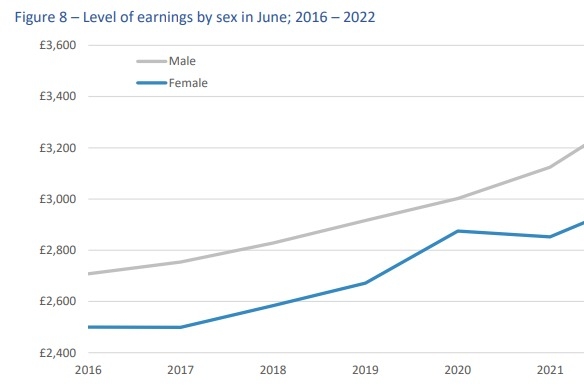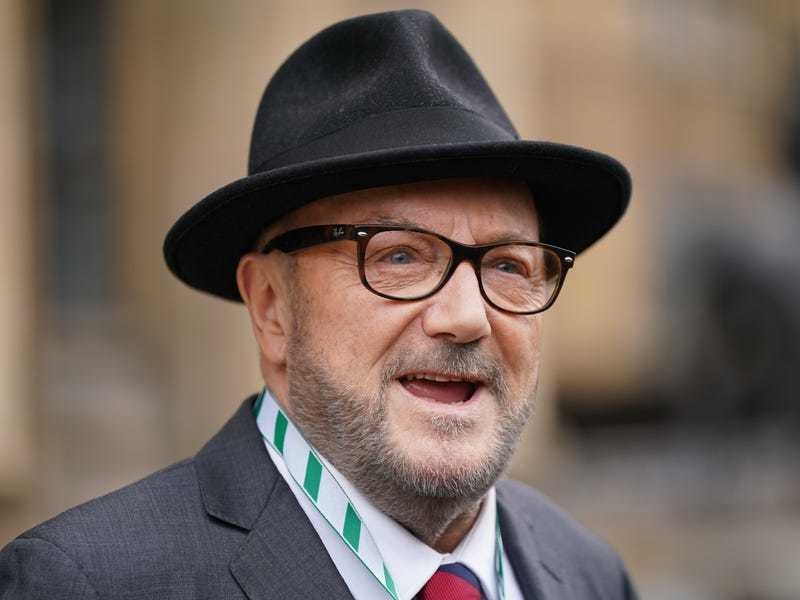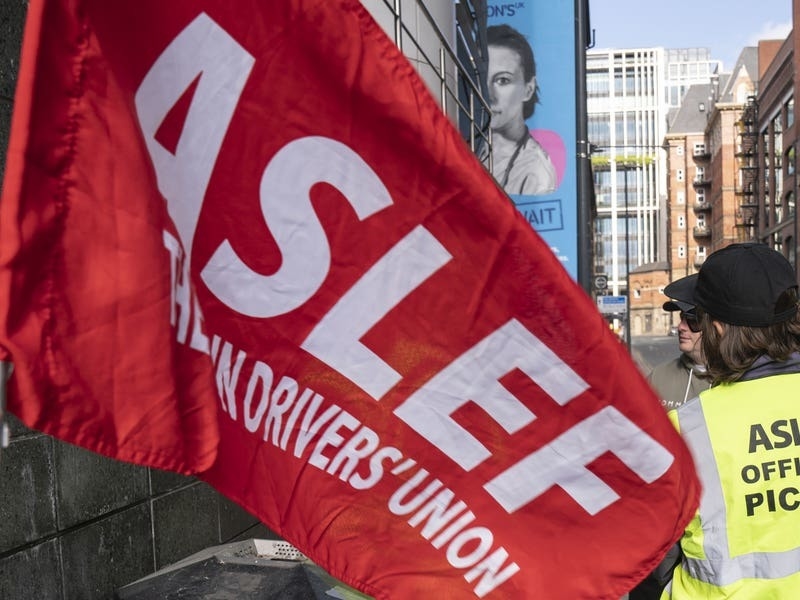SINCE gender pay differences were first measured in June 2016, the overall gap – including both full- and part-time employees – previously fluctuated slightly between 8 and 10%, with the exception of 2020 when the influence of the Covid lockdown saw a temporary one-year drop to 4%.
But they recently rose to 12%, according to the latest earnings report from Statistics Jersey.
The gender pay gap was the subject of a Scrutiny review panel during the 2018-22 political term, with panel chair Deputy Louise Doublet now serving within the government as assistant minister for Home Affairs – the department given responsibility for diversity, equality and inclusion.
Deputy Doublet, who held a call with Chief Minister Kristina Moore, Home Affairs Minister Helen Miles and her assistant ministerial colleague Hilary Jeune soon after the report was released yesterday, said: ‘12% is better than some other countries, but it’s not acceptable for us to have a gap of that size in an island as progressive and wealthy as Jersey.

‘The main recommendation [from the Scrutiny panel] was that the government take action to reduce the gender pay gap, but it’s clear that the previous government was not effective in doing this, and in fact the figure increased.’
With voters having elected the most diverse States Assembly in the Island’s history last June – including a majority of women among the 37 Deputies, and the subsequent election of a female Chief Minister – Deputy Doublet said there was a real commitment at all levels to tackle the issue.
‘The figures are shocking but not surprising, and we are grateful that we have this report in order to inform our work,’ she said. ‘There is an absolute intention to reduce the gender pay gap over the course of this political term.’
Constable Karen Shenton-Stone, another member of the 2018-22 Scrutiny panel, said the data was ‘dreadful’.

She said: ‘This is appalling, and the world seems to have gone backwards and become complacent – in 2023 women should be on a par with men.
‘It seemed that we had a new dawn after the election last June, but are still looking for positive change.’
Public sector
The report highlighted earnings for male and female public-sector employees, with the gender gap increasing markedly for older employees aged 35 to 64 and an overall gap of 20% between the median monthly earnings for men – £4,310 – and women: £3,600.
Deputy Doublet said: ‘I’m saddened to see a gap of 20%, which is worse than we thought it was.
‘The government has started to focus on diversity and equality, but the impact hasn’t been felt, and it’ll be necessary to make further efforts to close the gap.
‘There is pay transparency and more flexibility in the public sector, but in some areas culture may not have caught up with policies.’
International comparison
Figures produced by the Organisation for Economic Co-operation and Development are based on full-time employees only.
Jersey reported a figure of 8% for 2021, the most recent year international data was available, ranking the Island 14th of 44 OECD jurisdictions, with a gap narrower than the OECD average (12%) and the UK (14%).
Nationality
Of ‘major’ nationalities – those with at least 100 men and 100 women in the workforce – the three lowest-earning groups were Portuguese (with median monthly earnings of £2,600), Romanian (£2,640) and Polish (£2,830). Other nationalities were French (£3,220 per month), British/Jersey (£3,440), Irish (£4,140) and South African (£4,810). The widest male/female pay gaps were for Portuguese workers (23%) and those from Poland (16%).
Deputy Doublet said: ‘I am really saddened to have had concerns about discrimination raised with me, and now to see these figures – it’s time to take a serious look at this issue.’






